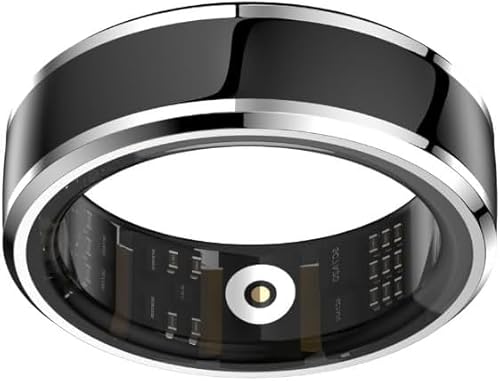PJmomrunner
Well-known member
Hey Karla:
I've been thinking about you....
"Hemi" means half, that's for sure, but I can't find anything that defines a hemi arch procedure as one half or the other of the arch. It seems like it can be either half, but I do think my proposed surgery would also be called hemiarch (although that term was not used by my surgeon). ("Half" seems like an odd characterization for something that, to this layperson, seems to be divided into thirds. ) Maybe hemiarch is what they call it when it's not total arch?
) Maybe hemiarch is what they call it when it's not total arch?
P. J.
I've been thinking about you....
"Hemi" means half, that's for sure, but I can't find anything that defines a hemi arch procedure as one half or the other of the arch. It seems like it can be either half, but I do think my proposed surgery would also be called hemiarch (although that term was not used by my surgeon). ("Half" seems like an odd characterization for something that, to this layperson, seems to be divided into thirds.
P. J.
karlaosh said:Can someone explain precisely what a hemiarch procedure is? Also, what a hemiarch procedure is versus what P.J. talked about above (replacing the entire ascending aorta through the inominate and left common carotid arteries)?
How common are these procedures for bicuspids? Have others on VR.com had them?
My pre-surgery consult is Tuesday with surgery to follow Wednesday. I'm in the same boat as you guys, with an ascending aneurysm and bicuspid aortic valve, and I'm making a list of questions for my surgeon.
So I want to be sure to ask him about these things...if I can understand them!






















